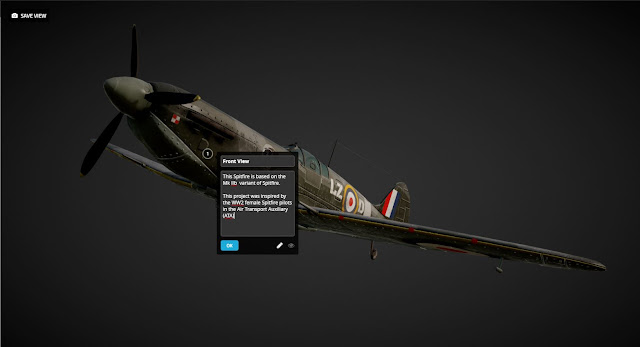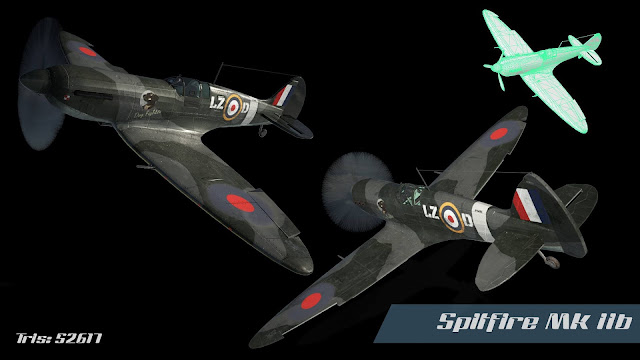My Own Evaluation
As per usual, I usually write my own evaluation on my blog. This isn't going to be a long evaluation.
I'm very pleased with what I produced for this project and I've learned a lot in the unit. I think this unit was a great ending point for my time at NUA, as my last project fits into my first ever project at NUA. As you can see in the images below, my work has changed a lot. Also, keeping a tracker helped me, for the most part, keep me on track. I didn't have to pull all-nighters throughout deadline week or the week before.
Is there anything I would change for this project? Yes, there is. I wish the focus of my project was on how can games help people get interested in museums again and make museums more interesting using games. I know my main focus for this project was looking at the female Spitfire pilots but I wish it was also focused on the Flying Nightingales. I wish I could add more details in the cockpit of the Spitfire. But other than that, I wouldn't change anything and I'm super pleased. During my time on the MA Games course, my skills have, without a doubt improved. I took the feedback from my final third-year project on my BA Games Art & Design degree and used it to drive me to improve my work.
The only critique I do have on my own model is that the fuselage (the main body) could do with being slightly more narrow. But other than that, I'm happy with the asset.
Any last thoughts? I'm looking forward to redoing the Spitfire in 3 years time to see if my skills have improved. I'm glad I've done the MA Games course and I'm kinda sad that my time is ending at NUA (don't really want to leave).
Thank you to everyone who've helped me, not only on the MA but also throughout my time at NUA.















